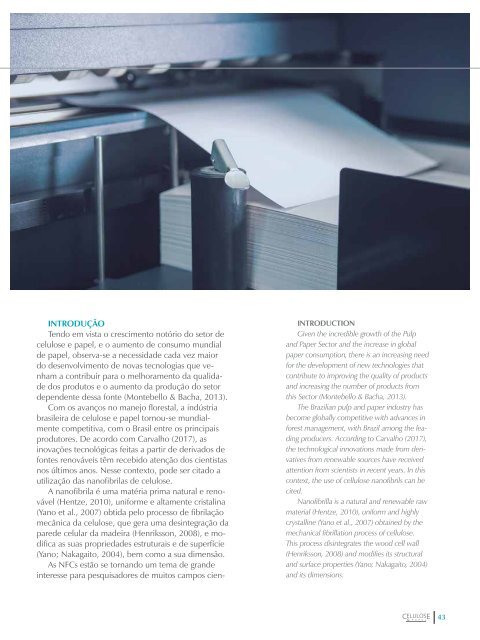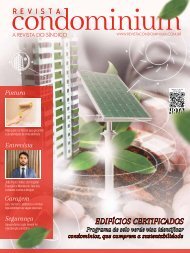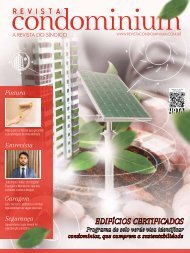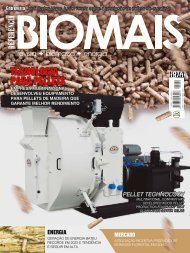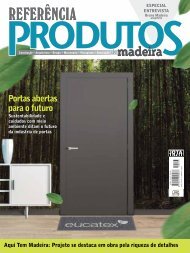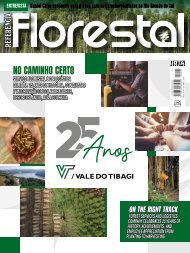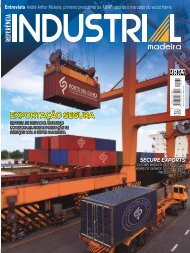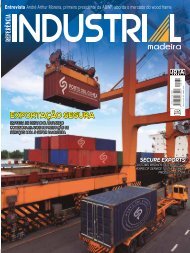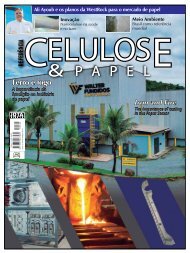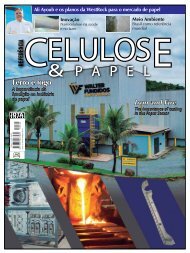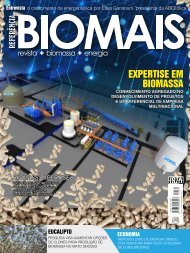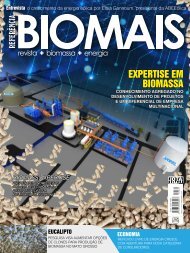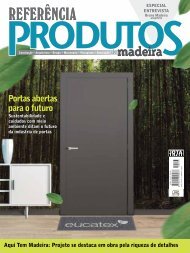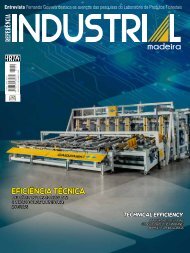You also want an ePaper? Increase the reach of your titles
YUMPU automatically turns print PDFs into web optimized ePapers that Google loves.
INTRODUÇÃO<br />
Tendo em vista o crescimento notório do setor de<br />
celulose e papel, e o aumento de consumo mundial<br />
de papel, observa-se a necessidade cada vez maior<br />
do desenvolvimento de novas tecnologias que venham<br />
a contribuir para o melhoramento da qualidade<br />
dos produtos e o aumento da produção do setor<br />
dependente dessa fonte (Montebello & Bacha, 2013).<br />
Com os avanços no manejo florestal, a indústria<br />
brasileira de celulose e papel tornou-se mundialmente<br />
competitiva, com o Brasil entre os principais<br />
produtores. De acordo com Carvalho (2017), as<br />
inovações tecnológicas feitas a partir de derivados de<br />
fontes renováveis têm recebido atenção dos cientistas<br />
nos últimos anos. Nesse contexto, pode ser citado a<br />
utilização das nanofibrilas de celulose.<br />
A nanofibrila é uma matéria prima natural e renovável<br />
(Hentze, 2010), uniforme e altamente cristalina<br />
(Yano et al., 2007) obtida pelo processo de fibrilação<br />
mecânica da celulose, que gera uma desintegração da<br />
parede celular da madeira (Henriksson, 2008), e modifica<br />
as suas propriedades estruturais e de superfície<br />
(Yano; Nakagaito, 2004), bem como a sua dimensão.<br />
As NFCs estão se tornando um tema de grande<br />
interesse para pesquisadores de muitos campos cien-<br />
INTRODUCTION<br />
Given the incredible growth of the Pulp<br />
and Paper Sector and the increase in global<br />
paper consumption, there is an increasing need<br />
for the development of new technologies that<br />
contribute to improving the quality of products<br />
and increasing the number of products from<br />
this Sector (Montebello & Bacha, 2013).<br />
The Brazilian pulp and paper industry has<br />
become globally competitive with advances in<br />
forest management, with Brazil among the leading<br />
producers. According to Carvalho (2017),<br />
the technological innovations made from derivatives<br />
from renewable sources have received<br />
attention from scientists in recent years. In this<br />
context, the use of cellulose nanofibrils can be<br />
cited.<br />
Nanofibrilla is a natural and renewable raw<br />
material (Hentze, 2010), uniform and highly<br />
crystalline (Yano et al., 2007) obtained by the<br />
mechanical fibrillation process of cellulose.<br />
This process disintegrates the wood cell wall<br />
(Henriksson, 2008) and modifies its structural<br />
and surface properties (Yano; Nakagaito, 2004)<br />
and its dimensions.<br />
43


